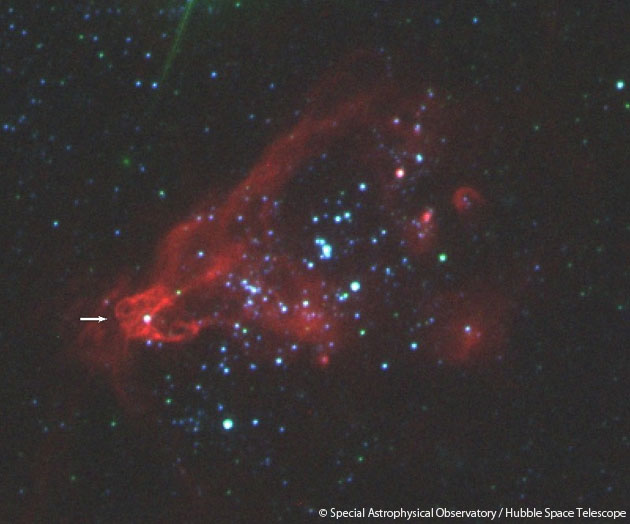Unexpectedly Little Black-hole Monsters Rapidly Suck up Surrounding Matter
| Science
Using the Subaru Telescope, researchers at the Special Astrophysical Observatory in Russia and Kyoto University in Japan have found evidence that enigmatic objects in nearby galaxies – called ultra-luminous X-ray sources (ULXs) – exhibit strong outflows that are created as matter falls onto their black holes at unexpectedly high rates. The strong outflows suggest that the black holes in these ULXs must be much smaller than expected. Curiously, these objects appear to be “cousins” of SS 433, one of the most exotic objects in our own Milky Way Galaxy. The team’s observations help shed light on the nature of ULXs, and impact our understanding of how supermassive black holes in galactic centers are formed and how matter rapidly falls onto those black holes.

This work has been published online in Nature Physics on 2015 June 1 (Fabrika et al. 2015, “Supercritical Accretion Discs in Ultraluminous X-ray Sources and SS 433”, 10.1038/nphys3348).